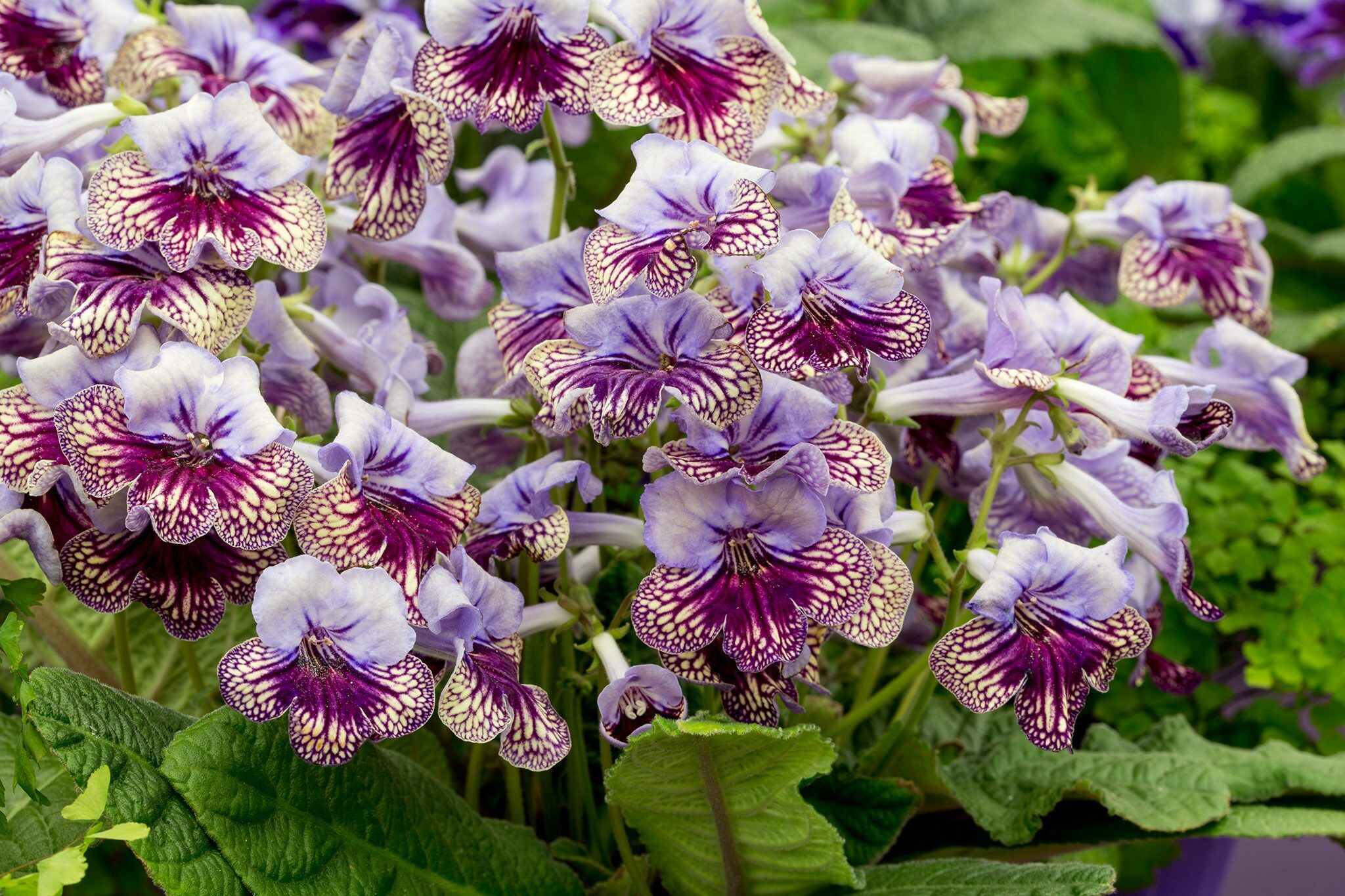
Streptocarpus, often called Cape Primrose, is a fascinating plant that many plant enthusiasts adore. But what makes Streptocarpus so special? These vibrant, flowering plants are native to Africa and Madagascar, thriving in diverse environments from forests to rocky outcrops. Known for their stunning, trumpet-shaped blooms and lush, velvety leaves, they bring a splash of color to any indoor garden. They are relatively easy to care for, making them perfect for both novice and experienced gardeners. With a variety of species and hybrids available, there's a Streptocarpus for everyone. Ready to learn more? Let's dive into 26 intriguing facts about these captivating plants!
What is Streptocarpus?
Streptocarpus, often called Cape Primrose, is a beautiful flowering plant native to Africa. Known for its vibrant blooms and lush foliage, it’s a favorite among gardeners and houseplant enthusiasts. Here are some fascinating facts about this charming plant.
-
Streptocarpus belongs to the Gesneriaceae family. This family includes other popular houseplants like African violets and gloxinias.
-
The name Streptocarpus means "twisted fruit." This refers to the plant's seed pods, which twist as they mature.
-
There are over 150 species of Streptocarpus. These species vary widely in size, color, and growth habits.
-
Streptocarpus plants are native to Africa and Madagascar. They thrive in the humid, shaded environments of these regions.
Unique Characteristics of Streptocarpus
Streptocarpus plants have some unique features that set them apart from other houseplants. Let’s explore these characteristics.
-
They have a rosette growth pattern. This means the leaves grow in a circular pattern from the base of the plant.
-
Streptocarpus leaves can be quite large. Some species have leaves that grow up to 2 feet long.
-
The flowers come in a variety of colors. You can find Streptocarpus blooms in shades of blue, purple, pink, red, and white.
-
They have a long blooming period. Streptocarpus can bloom for several months, providing continuous color.
Growing and Caring for Streptocarpus
Caring for Streptocarpus can be rewarding and relatively easy if you know what they need. Here are some tips for growing these plants successfully.
-
They prefer bright, indirect light. Direct sunlight can scorch their leaves, so a spot with filtered light is ideal.
-
Streptocarpus likes well-draining soil. A mix designed for African violets works well.
-
Watering should be done carefully. Allow the soil to dry out slightly between waterings to prevent root rot.
-
They thrive in high humidity. If your home is dry, consider using a humidity tray or a room humidifier.
-
Fertilize regularly during the growing season. A balanced, water-soluble fertilizer every two weeks will keep them healthy.
Propagation of Streptocarpus
Propagating Streptocarpus is a fun way to expand your collection or share with friends. Here’s how you can do it.
-
Leaf cuttings are the most common method. Cut a healthy leaf into sections and plant them in moist soil.
-
Seeds can also be used. However, growing from seeds takes longer and requires more patience.
-
Division is another option. If your plant has multiple crowns, you can divide it into separate plants.
Common Problems and Solutions
Like any plant, Streptocarpus can face some challenges. Here are common issues and how to address them.
-
Yellowing leaves can indicate overwatering. Reduce watering and ensure the soil drains well.
-
Brown leaf tips may be a sign of low humidity. Increase humidity around the plant to prevent this.
-
Powdery mildew can affect Streptocarpus. Improve air circulation and avoid getting the leaves wet to prevent this fungal disease.
-
Aphids and spider mites can be pests. Use insecticidal soap or neem oil to control these insects.
Interesting Facts About Streptocarpus
Here are some more intriguing tidbits about Streptocarpus that you might not know.
-
Streptocarpus was first described in 1824. The plant was discovered by botanist Robert Brown.
-
They are sometimes called "twist-fruit." This nickname comes from the twisted seed pods.
-
Streptocarpus can be grown indoors and outdoors. In warmer climates, they can thrive in shaded garden areas.
-
They are related to African violets. Both belong to the Gesneriaceae family and share similar care requirements.
-
Some species have fragrant flowers. While not all Streptocarpus are scented, some varieties have a pleasant fragrance.
-
They are popular in hybridization. Many new varieties are created each year by crossing different species and cultivars.
Final Thoughts on Streptocarpus
Streptocarpus, often called Cape Primrose, is a fascinating plant with a rich history and unique characteristics. These vibrant flowers are not only beautiful but also relatively easy to care for, making them a favorite among gardeners. They thrive in indirect light and prefer a humid environment, which mimics their natural habitat. With over 130 species, there's a wide variety to choose from, each offering its own unique charm.
Whether you're a seasoned gardener or a beginner, Streptocarpus can add a splash of color to your indoor or outdoor garden. Their ability to bloom multiple times a year and their resilience make them a rewarding plant to grow. So, if you're looking to expand your plant collection, consider adding a Streptocarpus. You'll not only enjoy their beauty but also the satisfaction of nurturing a truly remarkable plant.
Was this page helpful?
Our commitment to delivering trustworthy and engaging content is at the heart of what we do. Each fact on our site is contributed by real users like you, bringing a wealth of diverse insights and information. To ensure the highest standards of accuracy and reliability, our dedicated editors meticulously review each submission. This process guarantees that the facts we share are not only fascinating but also credible. Trust in our commitment to quality and authenticity as you explore and learn with us.
